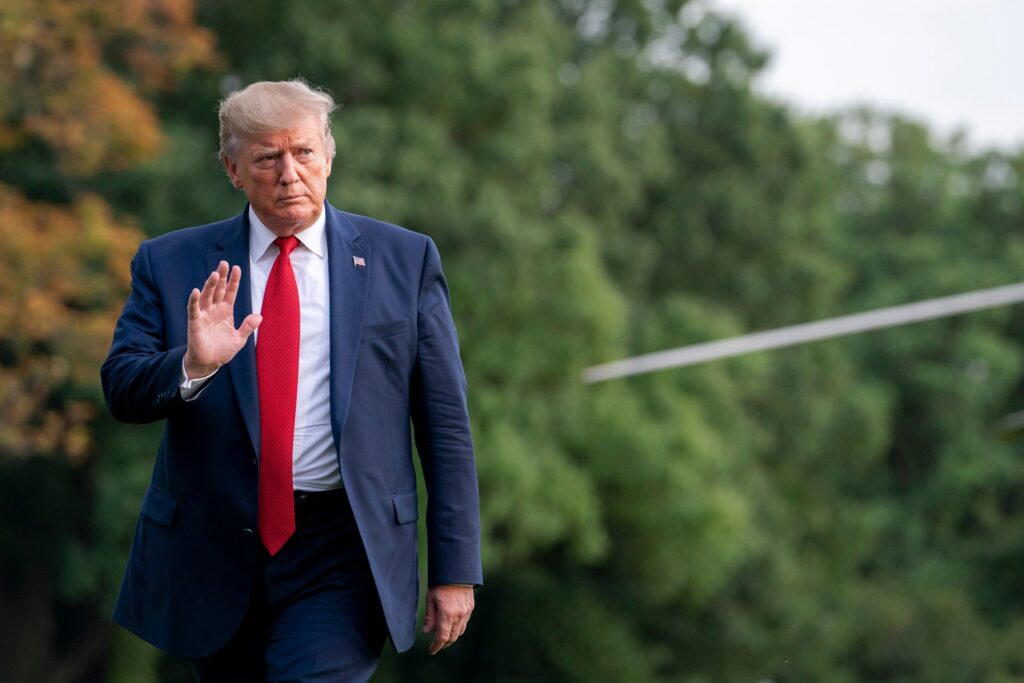President Donald Trump often blames past trade deals, like the North American Free Trade Agreement (NAFTA), for the decline in American factory jobs. In a speech on April 2, Trump said that steelworkers, farmers, and skilled workers suffered greatly under these agreements. He also claimed that foreign competitors wrecked American manufacturing and hurt the country’s economy.
Trump believes a 25% tariff on all imported vehicles will boost prices and lead to a rise in new factories across the United States. But experts say the situation is more complicated than that.
Many Factors Behind Job Losses
Auto job losses, especially in the Midwest, have been caused by several factors. While trade and moving jobs overseas played a role, other major issues include changes in consumer habits and advances in technology.
Jason Miller, a business professor at Michigan State University, says the biggest factor is automation. He explained that machines and robots now do many jobs that used to require human workers. Although job losses happened around the same time as new trade deals, the main reason was automation—not just foreign competition.
Automation Changed How Cars Are Built
In the past, making a car took much longer. Laurie Harbour, a consultant at Wipfli, said it used to take about 50 hours to build a car in 1988. By 2005, that time dropped to around 18–20 hours. This change happened because machines got faster and more efficient. Over the same period, American car companies also lost customers.
Wards Automotive reported that the Big Three carmakers—Ford, GM, and Chrysler (now Stellantis)—once held over 80% of US sales. By 2007, that number dropped below 50%. As of 2024, they make up just 38% of US car sales. Patrick Anderson, who leads the Anderson Economic Group, says that poor designs, low quality, and labor strikes caused long-term damage.
Even though US automakers improved their vehicles, they lost much of their market to foreign brands.
US Car Jobs: Some Up, Some Down
Surprisingly, more people work in US car assembly today than in 1994 when NAFTA began. According to the US Labor Department, factories in the US built almost twice as many vehicles last year as Mexico and Canada combined.
But parts manufacturing jobs have gone down. These jobs, which make up about two-thirds of auto industry employment, are often done in places with cheaper labor. Many factories moved from northern states like Michigan to southern states like Alabama. Mexico also gained many of these jobs.
Foreign Automakers Are Building Cars in the US
Asian and European brands now make many cars in the US. In fact, they built about 4.9 million vehicles here last year, more than the 4.6 million made by Ford, GM, and Stellantis. Tesla added another 648,000 vehicles. However, most of these foreign-owned factories are in nonunion states with lower wages. The only exception is Volkswagen’s plant in Chattanooga, Tennessee, which recently voted to join the United Auto Workers union.
Mexico’s Growing Role
Mexico has become a major player in the auto industry. Nearly every big carmaker now has factories there. In 2024, Mexico built 4 million vehicles and sent 2.5 million to US buyers. The United States-Mexico-Canada Agreement (USMCA), which replaced NAFTA during Trump’s time in office, kept the open trade system between the three countries.
Meanwhile, imports from Asia and Europe have gone up. South Korea sends 1.4 million cars to the US each year. Japan sends 1.3 million. Canada sends 1 million, and Germany sends about 430,000.
US Still Leads North American Production
Even with these changes, US factories still lead North America in car production. Last year, they made 10.2 million vehicles—about two-thirds of the region’s total. These factories supplied 55% of all cars sold in the US and exported 1 million vehicles.
Wards Automotive says that US production has only dropped by 14% since 1994. In contrast, Mexico’s output rose by 272%. Experts like Harbour say it would take at least two years to move a factory from Mexico to the US. Restarting closed plants isn’t easy either.
Automation Keeps Changing the Game
Even Trump’s own officials admit that robots are now a key part of car making. Commerce Secretary Howard Lutnick said that robots boost productivity. He added that the country now needs more workers trained in robotics. These are well-paying jobs that don’t always require a college degree.
Harbour also believes some parts-making jobs might return to the US. But she says the growth will be small, not a big wave. “You might see some job growth,” she said, “but not a major surge like some are claiming.”
A Complex Issue
The real story behind auto job losses in the US is not simple. Trade, outsourcing, and foreign competition all played a part. But automation and changing consumer habits had the biggest impact. American automakers lost market share and changed how they build cars.
While Trump’s tariff plan might sound like a quick fix, the auto industry is shaped by many forces. Building new factories or bringing old ones back won’t happen overnight. And even if they do, most new jobs will go to machines, not people.


